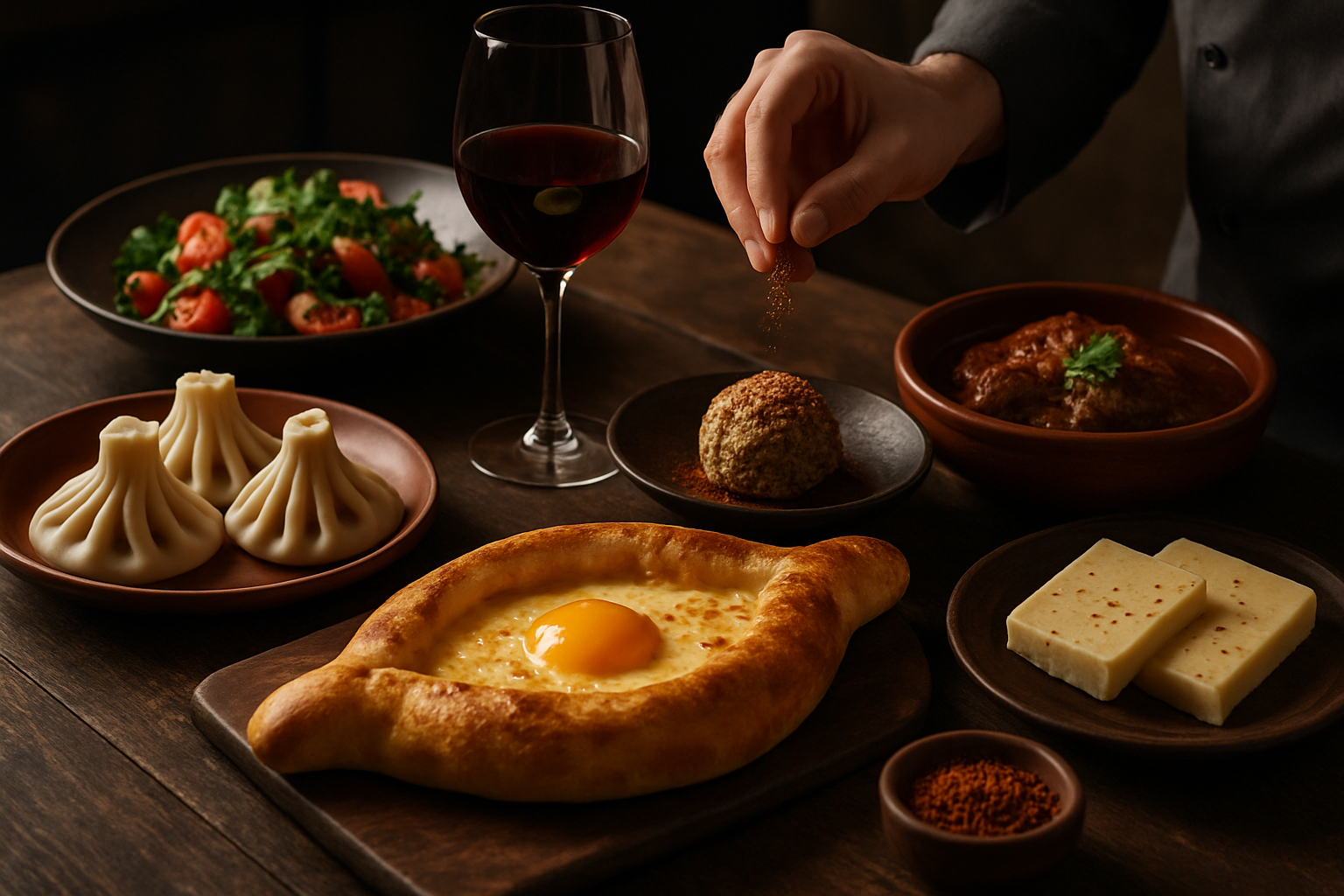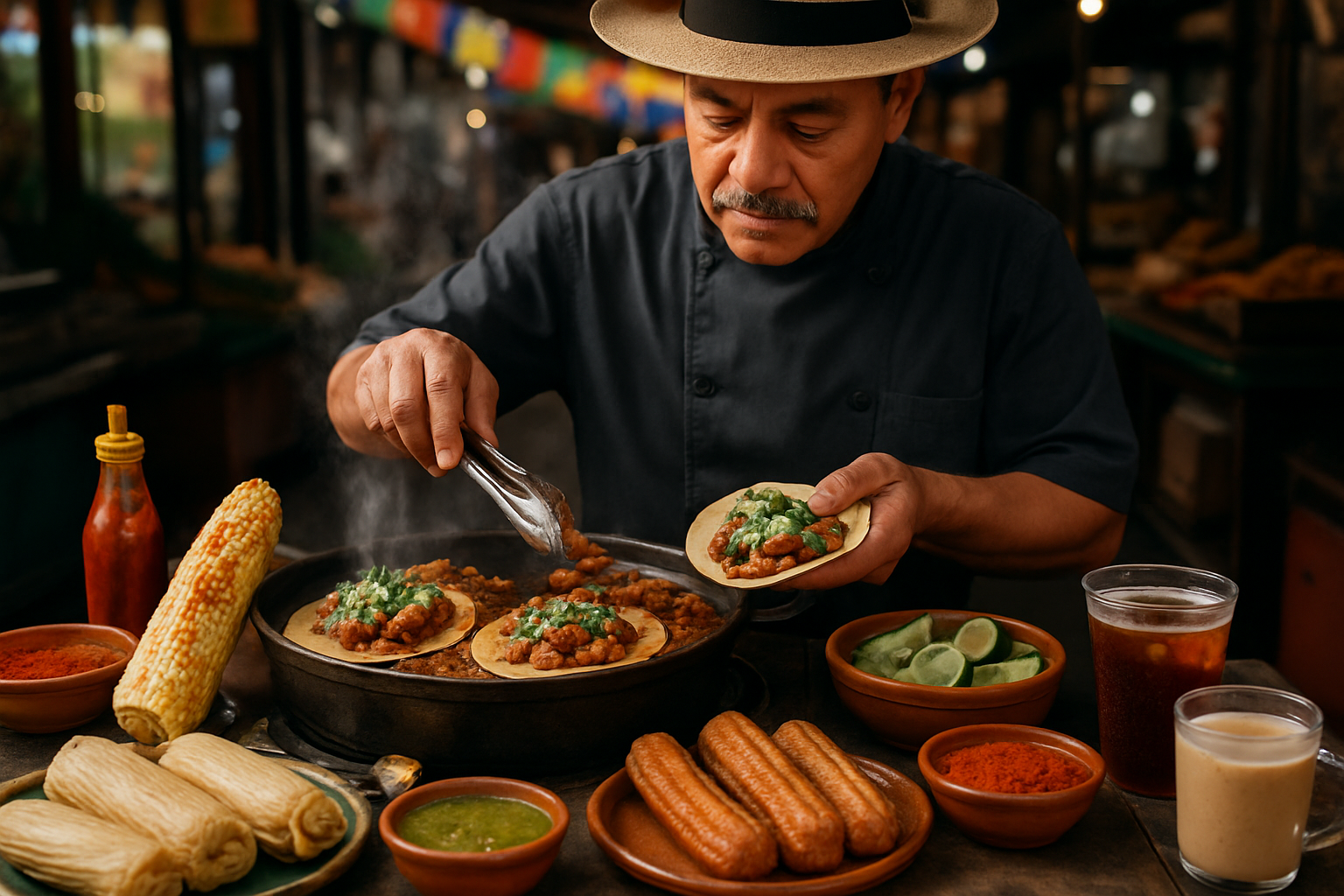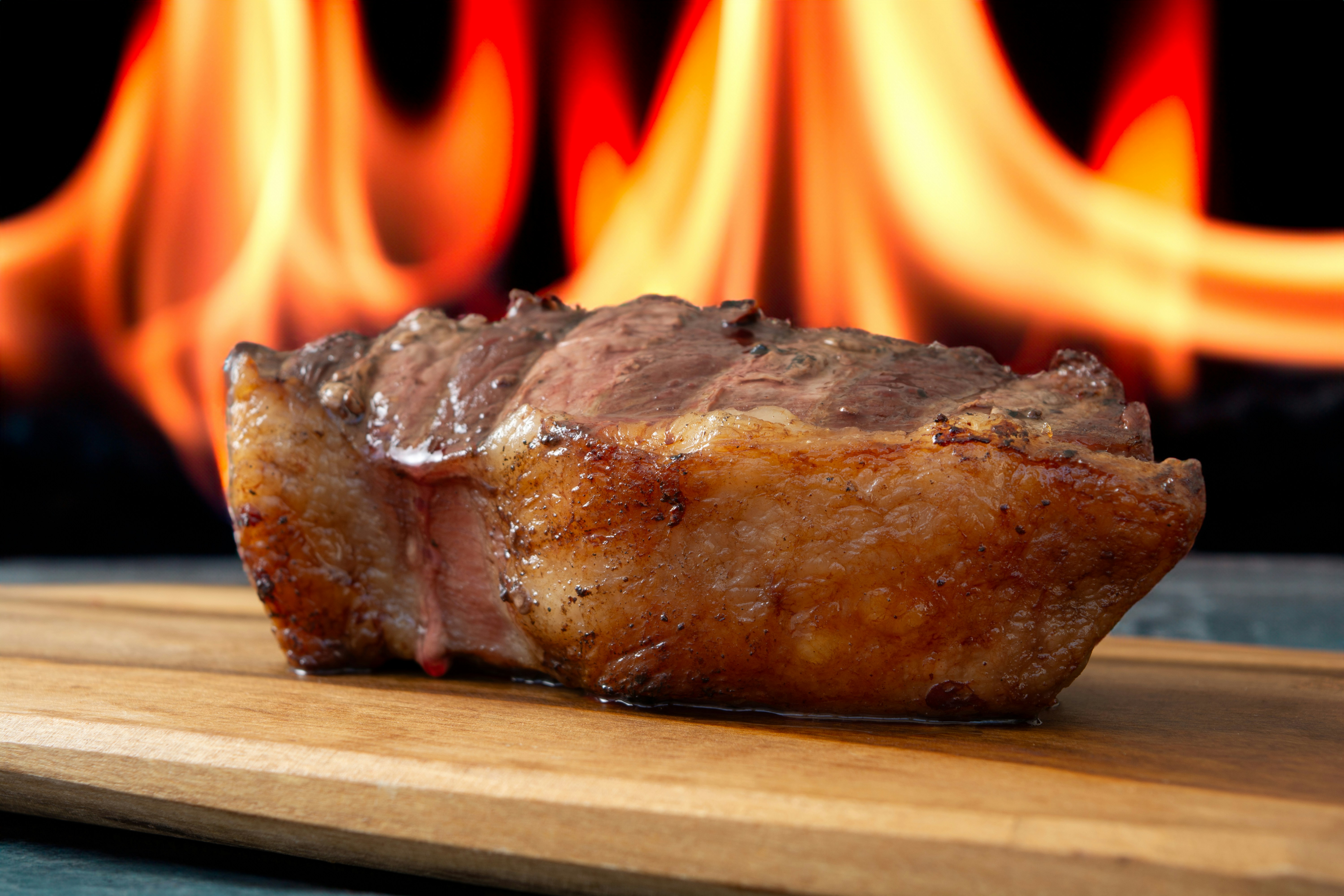Unearthing the Culinary Gems of Georgian Cuisine: A Gastronomic Journey
The culinary world is a vast expanse of flavors, textures, and aromas, waiting to be discovered. One such hidden gem is the cuisine of Georgia, a small country nestled between the Caucasus Mountains and the Black Sea. It's a gastronomic delight that blends the complexities of Eastern European, Middle Eastern, and Western Asian influences, offering an exciting and unique culinary adventure.

A Taste of History: Georgian Cuisine’s Roots
Georgian cuisine is deeply rooted in its rich history and diverse geography. The fertile valleys, high mountain pastures, and Black Sea coasts have shaped the food culture significantly. The use of fresh, local ingredients and time-tested cooking techniques are hallmarks of Georgian dishes. An integral part of their culinary tradition is the “Supra,” a festive feast that reflects the Georgian spirit of hospitality and celebration.
Unique Flavors: The Winning Combinations
The flavors of Georgian cuisine are a delightful balance of savory, sweet, and spicy. The use of unique spices like blue fenugreek, dried marigold petals, and coriander creates an intriguing palette of tastes. Known for their love of meat, Georgians create delectable dishes like Khinkali (meat-filled dumplings) and Mtsvadi (Grilled skewered meat). However, they also have a rich array of vegetarian dishes like Pkhali (vegetable pate) and Lobio (kidney bean stew).
The Art of Georgian Bread and Cheese
No Georgian meal is complete without bread and cheese. The traditional Georgian bread, Shoti, is baked in a unique clay oven called “Tone.” Cheese is another staple, with over 250 varieties. The most popular is the salty, crumbly Sulguni and the rich, creamy Imeruli. These are also used to make the famous Khachapuri, a cheese-filled bread that’s a must-try!
The Magic of Georgian Wine
Georgia is considered one of the oldest wine-producing regions in the world, with winemaking dating back 8,000 years. The traditional method involves fermenting the grapes in clay vessels called Qvevri, buried underground. This method imparts a unique depth and complexity to the wines, making them an integral part of Georgian gastronomy.
A Sweet End: Delectable Desserts
Georgian desserts are a delightful blend of Eastern European and Middle Eastern influences. Churchkhela, a candle-shaped candy made of nuts and grape juice, is a popular treat. Tklapi, a tart fruit leather, and Pelamushi, a grape pudding, are other favorites that provide a sweet conclusion to the culinary journey.
-
Georgian cuisine is a rich tapestry of flavors and traditions, offering a unique gastronomic experience.
-
The cuisine reflects the diverse geography of the country, from the fertile valleys to the high mountain pastures.
-
Unique spices and fresh, local ingredients are the hallmark of Georgian dishes.
-
Bread and cheese are staple food items, with the traditional Shoti bread and Sulguni cheese being popular.
-
Georgia has an ancient tradition of winemaking, with the unique Qvevri method being globally recognized.
-
Desserts like Churchkhela and Pelamushi provide a sweet end to the culinary journey.
In conclusion, Georgian cuisine is a hidden treasure in the culinary world. Its rich tapestry of flavors, unique ingredients, and ancient traditions make it a gastronomic adventure worth exploring. So, the next time you’re seeking a culinary adventure, let the flavors of Georgia guide your journey!





